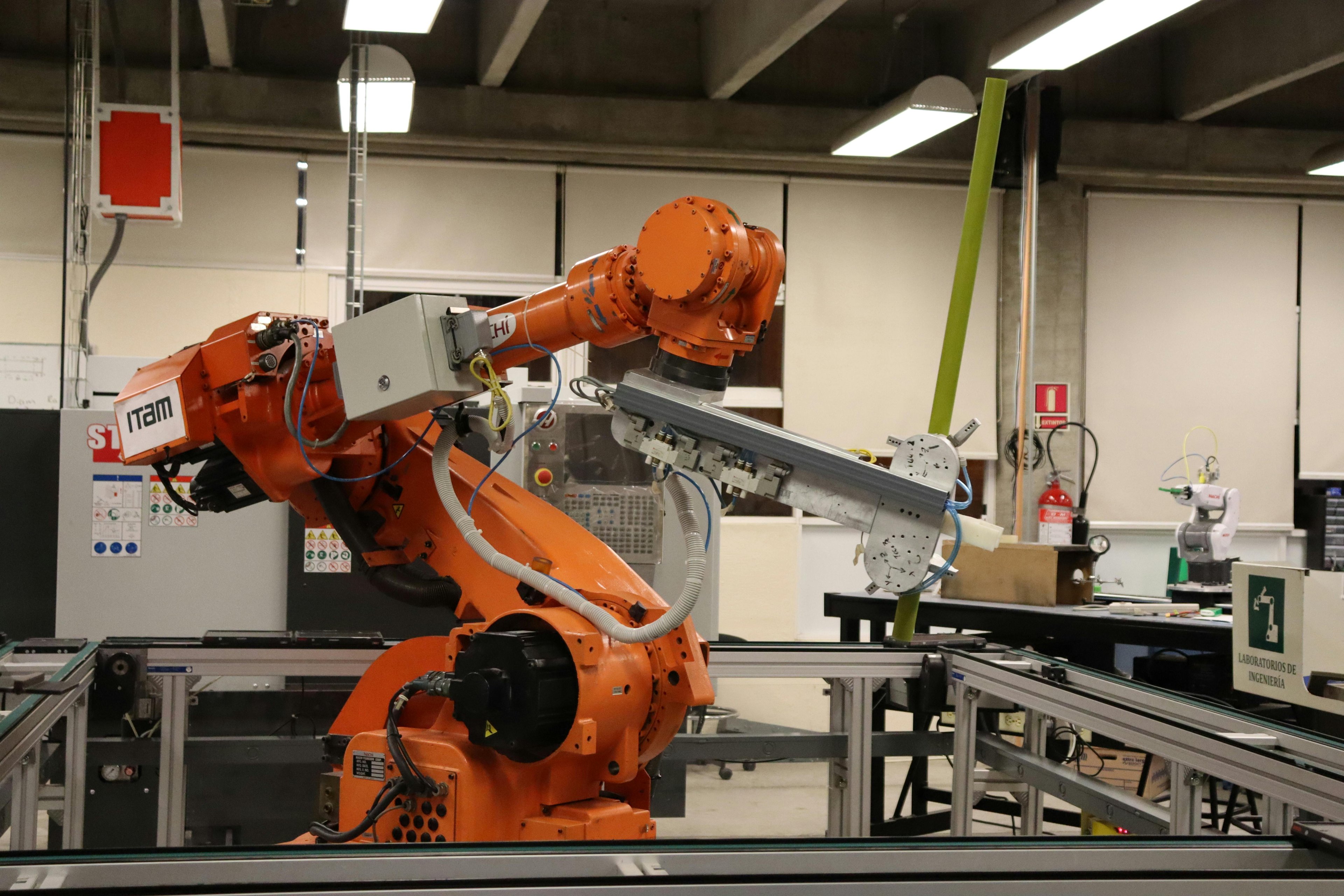When deployingmillimeter-wave radarin industrial environments, the value of optimal mounting is often underestimated. Accurate radar data depends not only on signal processing and sensor specs, but also onhowandwherethe sensor is installed.
This article walks through proven techniques to ensure your radar sensor — such as theLinpowave MWR-2410 Series— performs at its best across logistics, robotics, and intelligent transportation applications.
1. Mount Perpendicular to Motion Direction
For Doppler-based measurements, the orientation of the radar relative to the moving target directly affects speed and angle readings. Mounting the radarperpendicular to the object’s direction of motionmaximizes accuracy.
In warehouse monitoring or vehicle detection, apole-mounted MWR-2410tilted 5–10° downward helps eliminate low-angle noise and detect a wider range of motion events.
2. Reduce Mechanical Vibration
Radar signals can be disrupted by even minor mechanical oscillations. Userigid mounting bracketsorvibration-dampening mounts, especially on mobile platforms like AGVs or forklifts.
To support these scenarios, theMWR-2410 Industrial Radarfeatures a compact, lightweight housing that minimizes momentum-induced jitter, even during acceleration or braking.
3. Match Installation Height to Field of View
Each radar has a fixed field of view (FoV), so placement is everything. Too high, and you miss low-profile objects; too low, and the coverage range is restricted. Use a1.2m–2.5m mounting heightand adjust pitch angle based on the application.
For large-area monitoring, pair theMWR-2410A Long-Range Variantwith a wide-angle mounting bracket to monitor zones up to 40m away.
4. Eliminate Interference from Reflective Surfaces
Metallic objects nearby can causemultipath reflections, leading to ghost targets or signal degradation. Mount radars away from shiny panels, walls, or machinery, or installradar-transparent shields(e.g., ABS or polycarbonate) to isolate reflections.
On automated conveyor systems, theMWR-2410can be mounted at a 30° side angle to reduce surface-induced reflections while maintaining consistent coverage.
5. Protect Against Environmental Stress
For environments with dust, rain, or temperature fluctuations, radar sensors need both physical stability and environmental resilience. ChooseIP-rated enclosuresor integrated weatherproof designs.
TheMWR-2410 Seriesoffers a sealed housing (IP67) with wide operating temperature tolerance (-40°C to +85°C), making it ideal for both indoor and outdoor installations.
Conclusion
The benefits of millimeter-wave radar — robust detection, all-weather capability, and high precision — only come to life with proper mounting. By following these best practices and selecting a radar sensor that supports versatile installation, you unlock the full potential of smart sensing.
Explore the fullMWR-2410 product familyto find the model that fits your mounting and performance needs.



